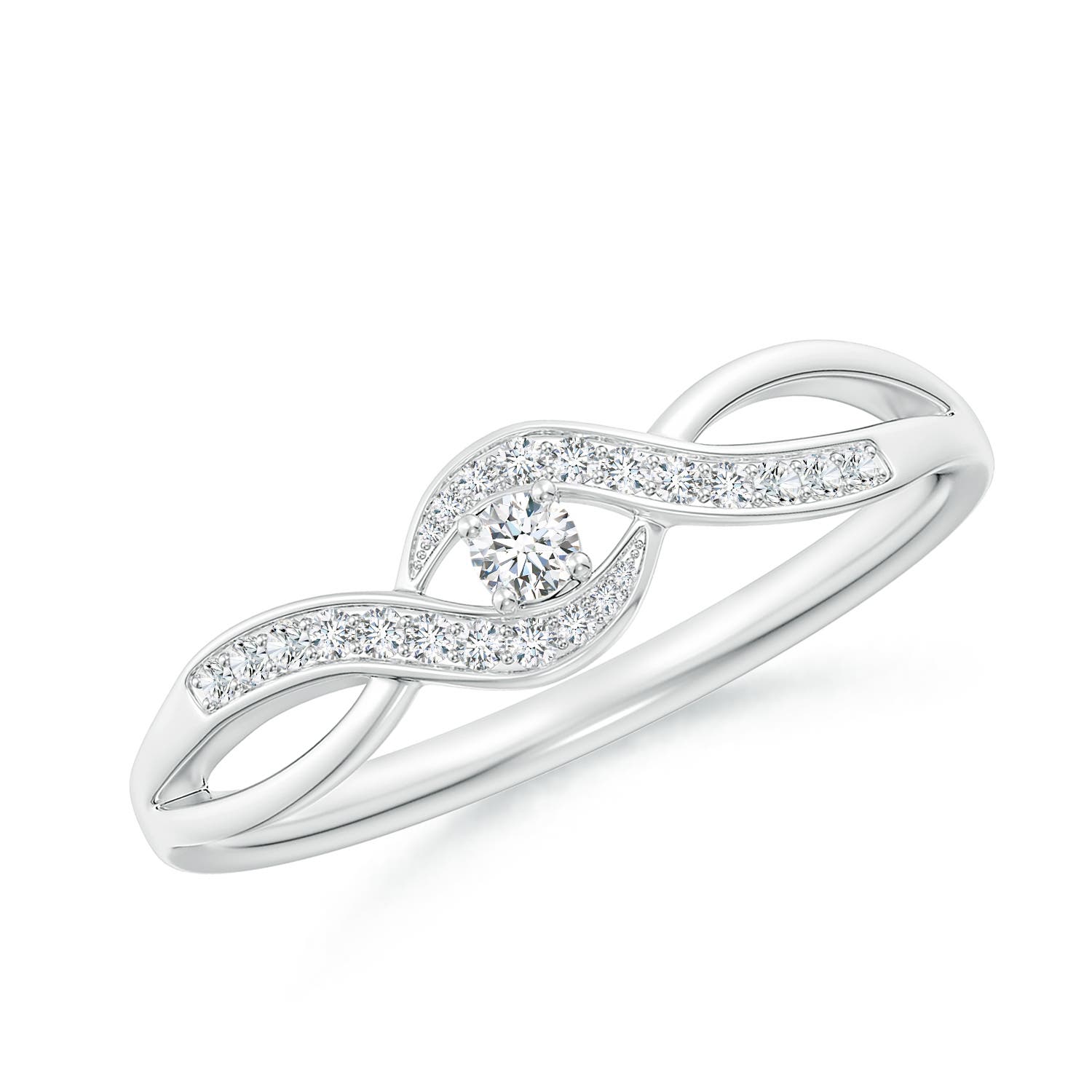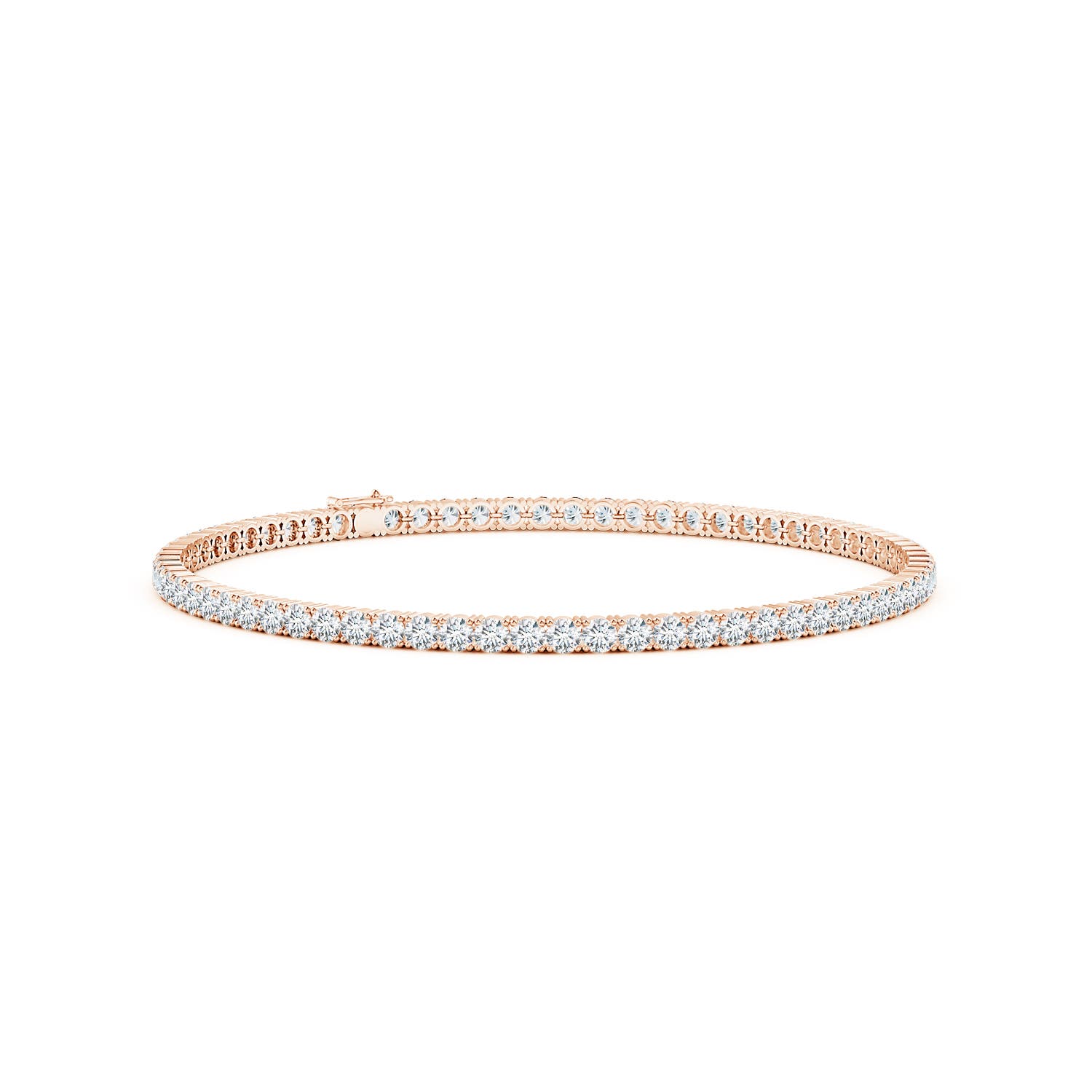Let’s face it, when it comes to making an impact, you can’t go wrong with gold. And it’s honestly no secret why – Elegant and eye-catching without being too OTT, this metal is just what your outfit needs to go from ‘good’ to ‘OMG are you a fashionista!’ That said, shopping for gold rings and other jewelry pieces can be a daunting task if you don’t know how the metal’s purity level impacts the accessory as a whole. After all, there is a massive difference between a 10-karat gold piece and ones that feature a higher purity level.
Want to know more about 10K gold? Scroll on…
What Is 10K Gold?
Before we plunge headfirst into the world of 10K gold, let’s pause for a moment to appreciate its backstory.
By itself, pure gold is a bit too soft to handle the chaos of everyday life.
So, how do jewelers remedy it, you ask?
Well, just like Marvel’s very own Nick Fury, they call in reinforcements which appear in the form of alloy metals like palladium and zinc, for example. These metals are typically mixed with pure gold to create a new alloy (a metal created from two or more metallic elements) that’s equal parts gorgeous and strong.
Of course, depending on the quantity of alloy metals thrown into the mix, the purity levels of the resultant gold pieces can fluctuate.
And that’s where the purity police, AKA the karat system, comes in. This system works by measuring the percentage of pure gold in an accessory (out of 24 parts) as compared to the other metals present within the same. Here, the higher the percentage of pure gold, the higher the sparkler’s purity will be.
Now, onto 10K gold…
Featuring 10 parts gold and 14 parts other alloys, 10K gold is the lowest level of purity that can legally claim the ‘gold’ title. In percentage terms, 10K gold constitutes 41.7% pure gold and 58.3% alloy, which IMO, makes it the perfect blend of strength and affordability.
Did You Know?
Pure gold is rarer than diamonds! Yes, you heard it right – Move over diamonds; gold is taking the spotlight in the rarity Olympics.
10K Gold Colors: What Are They?

Wanna know something cool? Alloy metals, in addition to amping up the durability of 10K gold, can also influence its hue. In fact, based on the type of alloys added to pure gold, the resultant metal can be found in three distinct colors which are as follows:
1. Yellow Gold
Crafted by combining pure gold with silver, copper and zinc, 10K yellow gold features a more traditional hue.
2. Rose Gold
If you want to add a touch of romance to your sparkler, 10K rose gold is a good metal choice for you. Why? Because it features a unique pinkish tinge caused by the copper mixed in with pure gold.
3. White Gold
A fusion of pure gold, silver, zinc, nickel and/or palladium, 10K white gold is a great option if you want to add a more modern vibe to your jewelry piece. Unlike other types of gold, this metal also features a rhodium plating that gives it a distinctive sheen.
What Is 10K Gold Used For?

Because of its affordability and extreme hardness, 10K gold is typically used to create everyday jewelry pieces. While aesthetically it’s not one of the best options, 10K gold is a good choice for engagement rings and wedding bands if you’re on an extremely tight budget and need a piece that can deal with daily wear and tear.
Advantages & Disadvantages of 10K Gold
Advantages |
Disadvantages |
| It’s extremely durable. | It isn’t as vibrant as it’s higher-karat counterparts. |
| It’s relatively affordable. | It’s more likely to cause allergic reactions. |
| It’s rarely used to create fine jewelry. |
Advantages of 10K Gold
1. Extremely Durable
If 10K gold were a superhero, durability would be its superpower. With an alloy content percentage higher than your daily caffeine intake, this metal is less likely to get scratched, bent or dented. It’s basically the Chuck Norris of the jewelry world – Tough as nails and always ready for action!
2. Quite Affordable
If 24K gold is the VIP section of a fancy club, then 10K gold is the party happening in the parking lot – Equally fabulous but without the hefty entrance fee. With only 10 parts of gold out of 24, it’s the perfect metal for those who want to shine on a budget.
Disadvantages of 10K Gold
1. Not as Vibrant as Its Higher-Karat Counterparts
If 10K gold was a movie, it might be a black-and-white classic – Timeless but lacking the technicolor brilliance. Due to its lower gold content, 10K gold tends to rock more muted tones. So, if you’re looking for a sparkler to match your vibrant personality, consider turning up the karat dial.
2. More Likely to Cause an Allergic Reaction
Quick question: Is your skin as sensitive as your nose during pollen season? Because if so, you may want to avoid this metal! Why? Because the higher alloy metal content in 10K gold might cause havoc on your skin, potentially turning you into a real-life Princess and the Pea.
We know, yikes!
3. Rarely Used in Fine Jewelry
If 10K gold was in a movie, it would probably be a side character – Reliable and always there but not grabbing the headlines. Due to its lower gold content and subtle tones, 10K gold isn’t usually the go-to choice for high-end jewelry. As such, if you really want your sparkler to scream ‘fine jewelry,’ you might want to consider going higher up on the karat list.
So, there you have it, folks – The lowdown on 10K gold, where durability meets affordability. Now, go ahead, dazzle the world with your newfound knowledge and let your jewelry do the talking.
Frequently Asked Questions
Q1. What is 10K gold?
To put it simply, 10K gold is an alloy (a metal created from the combination of two or more metallic elements) made up of 10 parts gold and 14 parts other metals.






























